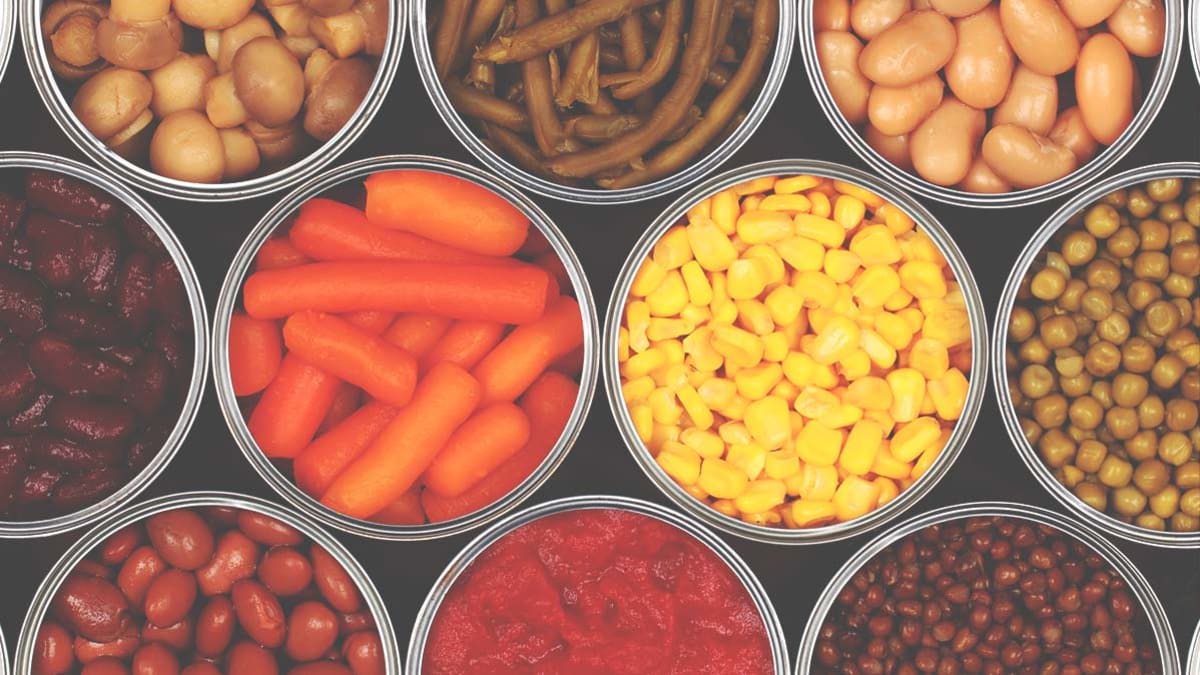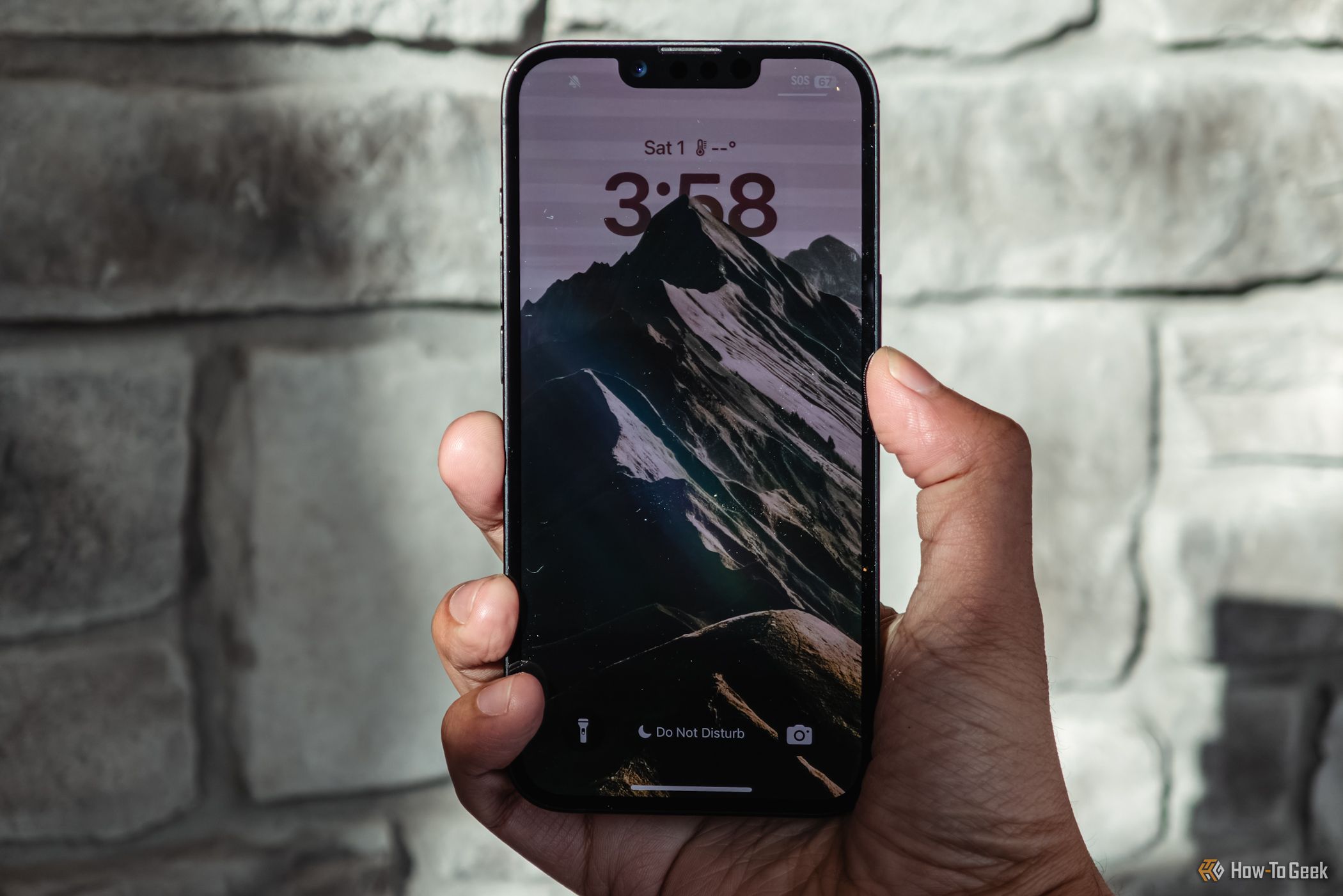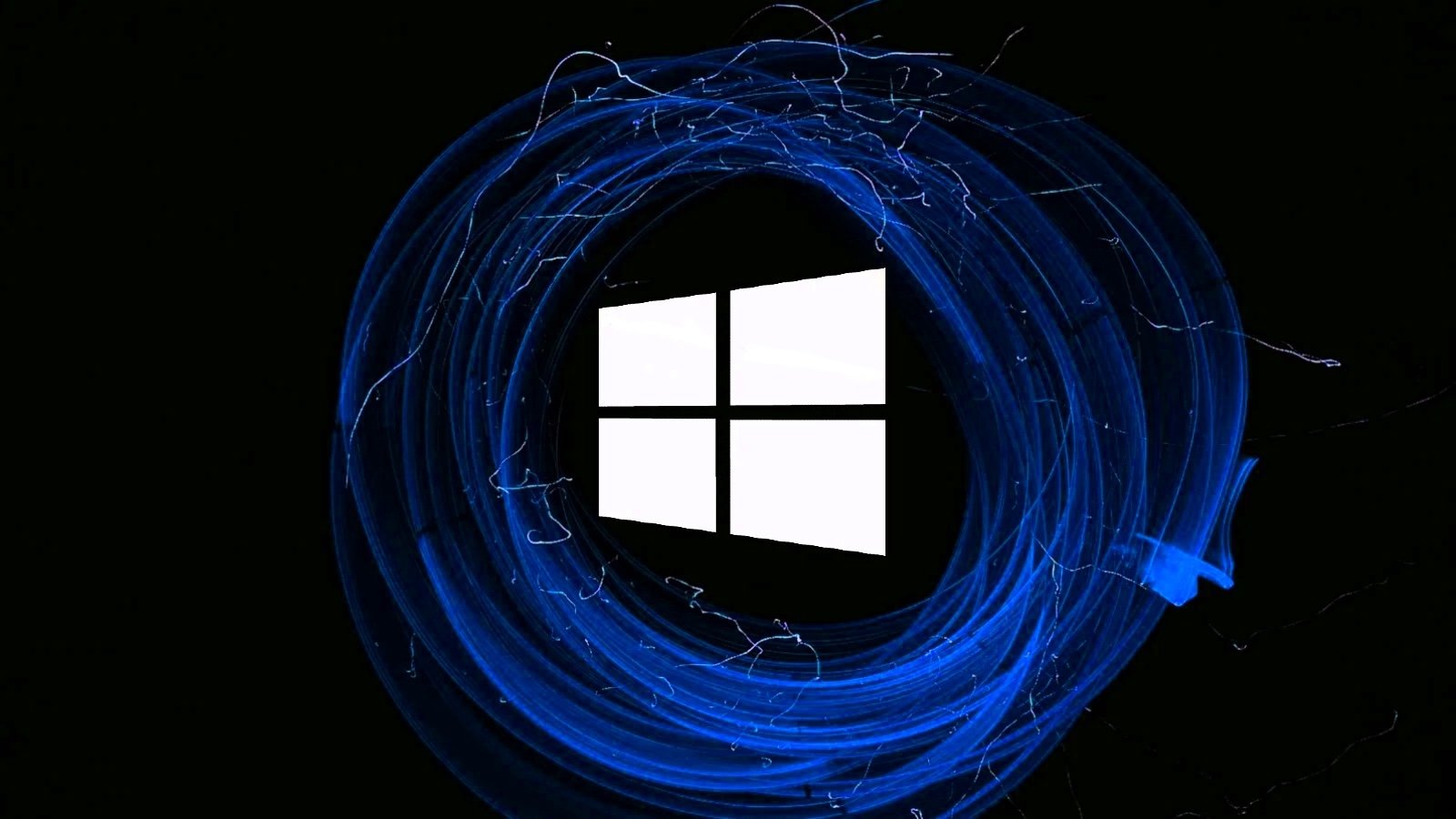What to Eat During a Power Outage

Check out CR’s no-cook meal ideas and food safety advice
Canned beans and vegetables are cooked, so you can eat them straight out of the can.
By Trisha Calvo
When a storm causes an extended power outage, putting together satisfying meals can be a challenge. (PB&J gets old after a while.) And there’s the question of how long the food in the refrigerator and freezer will last and be safe to eat. The food experts at Consumer Reports have some tips for keeping food safe and eating nutritiously.
Foods to Stock Up On
Shop for staples when the weather is still clear so you have them on hand during storm season.
“Pick up an extra few packages of nonperishables you use regularly when you do your normal grocery shopping,” says Amy Keating, RD, a CR nutritionist. That way, you won’t have to run to the store just before a storm. Rotate the items occasionally so that your stock is fresh. Good options include low-sodium canned beans, vegetables, fruit (packed in fruit juice), breakfast cereal, peanut butter, pouches of fully cooked whole grains, nuts, whole-wheat crackers, snack bars, and shelf-stable milk or plant milk (the kind sold in aseptic boxes in the grocery aisle).
“Don’t forget that you’ll need a manual can opener if the power goes out, too,” Keating says.
Food Safety Tips
When a storm is predicted, see what leftovers you have and plan to use them up first. “The food in your refrigerator and freezer doesn’t go bad immediately,” says Sana Mujahid, PhD, manager of food safety research and testing at CR.
If you keep the refrigerator door closed, it will maintain a safe temperature—below 40° F—for about 4 hours after a power outage, according to the Department of Agriculture’s Food Safety and Inspection Service. (Use a refrigerator thermometer to be sure.) A full freezer will stay cold for 48 hours, or 24 hours if it’s half full. “To load up a freezer, fill containers with water and freeze them,” Mujahid says. It’s best to keep the fridge and freezer doors closed as much as possible so the food stays cold.
Don’t use canned food or other nonperishables if they have come in contact with flood water.
Foods That Don’t Need Refrigeration
Bread, butter, fresh fruit and vegetables, jelly, and hard cheeses (such as cheddar) will keep at room temperature, so if you have them in your fridge, don’t be afraid to eat them even if the power has been out for longer than 4 hours. (For information on other foods, see the list the FSIS has compiled.)
Apples, avocados, citrus fruit, carrots, celery, cucumbers, grapes, green beans, peppers, snap peas, and tomatoes are fresh foods that can be eaten raw and will be good for days unrefrigerated, so consider picking up some of them ahead of a storm.
“If the power is out for quite a while, these foods can help sustain you, and they’re also healthy sources of fiber, so they can help keep your body running smoothly,” Keating says.
8 Easy No-Cook Meals
You don’t need electricity to make these interesting and healthy meals that combine the foods you may have on hand.
Overnight oats: Mix rolled oats with water and let sit overnight on a counter. In the morning, add peanut butter, raisins or other dried fruit, and a little cinnamon.
Chunky gazpacho: Combine a can of diced tomatoes with the juice, chopped onion, chopped cucumber, a little Tabasco sauce or cayenne pepper, and a dash of salt and pepper. You can also add chopped red or green peppers if you have them. Drizzle with olive oil and top with fresh parsley or cilantro if you have it. To make this a heartier dish, add a can of chickpeas (drained).
Corn salad: Combine drained canned corn with vegetables you have on hand (tomatoes, peppers, and onions, for example), chopped. Add drained canned black beans if you like. Toss with a dressing made of one part apple cider vinegar and one part olive oil, fresh or dried basil, and a little salt and pepper.
Apple and white-bean salad: Toss a can of white beans (drained) with olive oil and apple cider vinegar or lemon juice. Add chunks of apple, dried thyme, walnuts (or another nut), and a little salt and pepper, and gently mix. If you have celery or scallions, you can chop and throw those in, too, when you add the apples.
Salmon or tuna tacos with avocado: Combine chunks of canned salmon or tuna with cubed avocado, chopped tomato, and cucumber. Toss with a dressing of lemon juice or white vinegar, olive oil, and salt and pepper. Stuff it into taco shells or tortillas, or eat it as is.
Smashed chickpea or white-bean sandwich: Drain canned chickpeas or white beans, drizzle with olive oil, and mash coarsely with a fork. Mix in a little garlic powder, dried oregano (or parsley, mint, or basil), and salt and pepper. Serve on bread or with whole-wheat crackers for dipping.
Bean salad: Combine drained canned beans with chopped tomatoes, chopped spinach, and chopped onion. Toss with a dressing made of whisked balsamic vinegar, Dijon mustard, olive oil, honey, and a dash of salt and pepper. Add canned tuna or salmon if you like.
Carrots and chickpeas: Grate carrots and combine with canned chickpeas (drained), raisins, nuts, and a little cinnamon. Toss with orange juice, lemon juice or vinegar, and olive oil.
Consumer Reports is an independent, nonprofit organization that works side by side with consumers to create a fairer, safer, and healthier world. CR does not endorse products or services, and does not accept advertising. Copyright © 2024, Consumer Reports, Inc.
Source link











